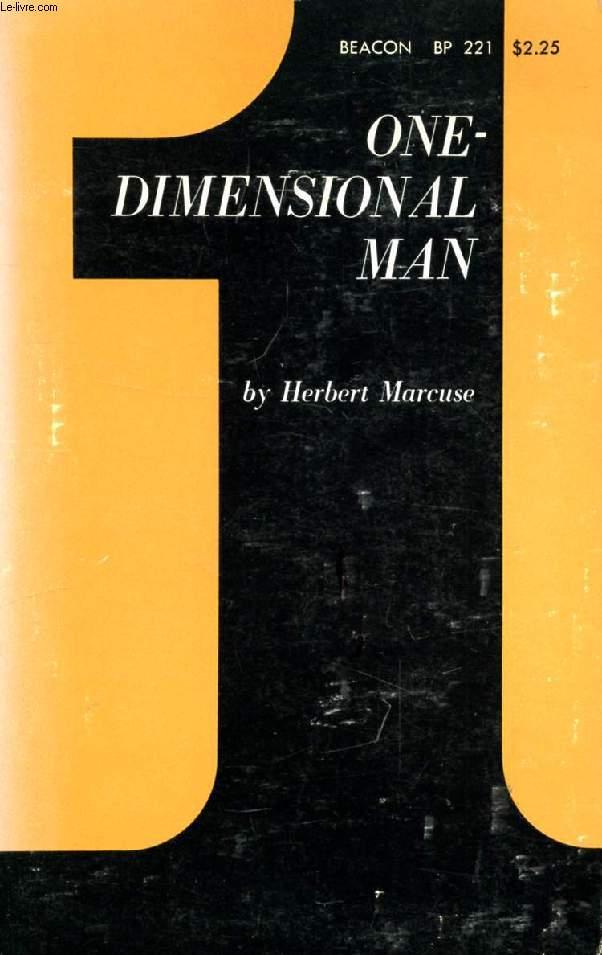
1964 - One Dimensional Man
Herbert Marcuse’s “One-Dimensional Man” First published in 1964, critiques advanced industrial society through a lens heavily influenced by Marxist ideology.
What’s the Main Idea?
Marcuse argues that in modern industrial societies, people’s thoughts and behaviors are becoming more and more alike. He believes that technology and the way society is organized are making people conform to certain ways of thinking and acting. This is what he means by “one-dimensional.” Marcuse talks a lot about technology in the book. He thinks that technology is not just a tool but something that shapes how people live and think. He’s worried that technology is taking away people’s freedom and individuality.
The book is divided into three parts:
- Part I: One-Dimensional Society: This part talks about how society controls people’s thoughts and behaviors.
- Part II: One-Dimensional Thought: Here, Marcuse focuses on how people’s thinking is becoming more uniform and less critical.
- Part III: The Chance of the Alternatives: In this part, Marcuse talks about other ways of thinking and living that could be better for people.
Legacy and Impact:
“One-Dimensional Man” had a significant impact on the New Left, a political movement that emerged in the 1960s, particularly in the United States and Western Europe. The New Left was characterized by its rejection of both traditional left-wing and right-wing politics, seeking to create new pathways for social change.
Marcuse’s critique of industrial society and his call for a more liberated and non-conformist way of thinking resonated with the New Left’s desire for radical change. The book’s Marxist-influenced analysis of technology, consumerism, and conformity provided intellectual fuel for the movement’s opposition to the established social order. Marcuse’s emphasis on human creativity, freedom, and the potential for transformation aligned with the New Left’s focus on civil rights, anti-war efforts, and social justice. By challenging the prevailing norms and offering a vision of a more humane society, “One-Dimensional Man” became a key text for many activists and thinkers within the New Left, helping to shape the ideology and goals of a generation seeking profound social change.
